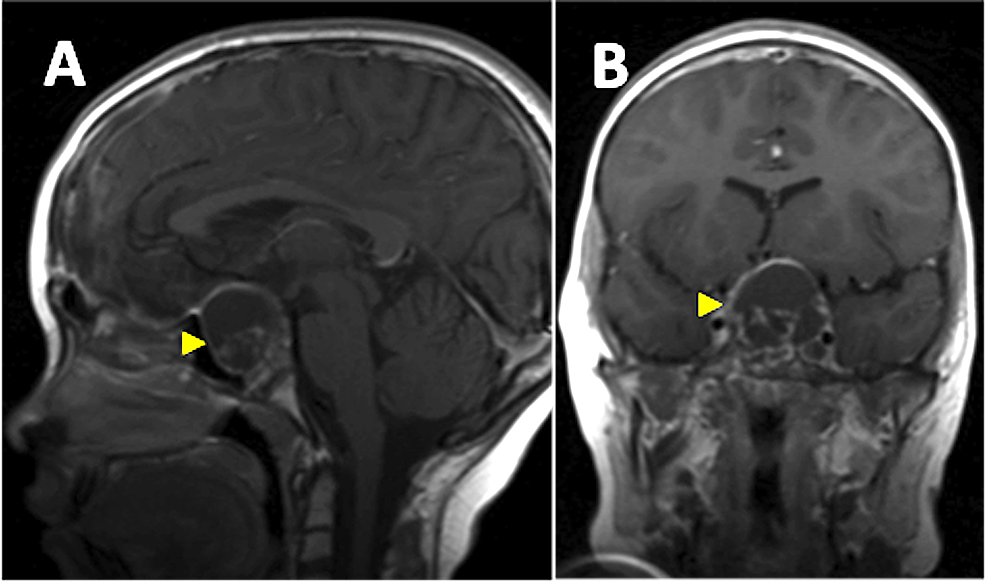
#Mri con contraste manual#
ACR Manual on Contrast Media (Volume 10.3). Guidance on gadolinium-based contrast administration to adult patients. Magnetic resonance imaging (MRI) gadolinium.
#Mri con contraste update#
Advances in Chronic Kidney Disease: Gadolinium Retention and Toxicity - An Update.

National Institutes of Health, DailyMed: Optimark- gadoversetamide injection, solution.Magnetic Resonance Imaging: Gadolinium Toxicity and Treatment.Radiology: Immediate Hypersensitivity Reaction to Gadolinium-based MR Contrast Media.American College of Radiology: ACR Manual on Contrast Media, Version 10.3.Food and Drug Administration: FDA Drug Safety Communication - FDA Warns That Gadolinium-based Contrast Agents (GBCAs) Are Retained in the Body Requires New Class Warnings Food and Drug Administration: FDA Drug Safety Communication - FDA Evaluating the Risk of Brain Deposits With Repeated Use of Gadolinium-based Contrast Agents for Magnetic Resonance Imaging (MRI) Food and Drug Administration: Questions and Answers on Gadolinium-Based Contrast Agents More research is needed to resolve this controversy.
#Mri con contraste skin#
The symptoms include headaches, bone or joint pain and skin thickening, among others.Īs explained in the May 2017 review article in “ Advances in Chronic Kidney Disease,” GDD is similar in some ways to NSF and may represent a mild form of that disease 8.īut not all experts agree that GDD is an actual disorder, and the December 2017 FDA update indicated that NSF is the only disease definitely caused by GBCA use. The term gadolinium deposition disease (GDD) has been used by some experts to describe a collection of symptoms developing after MRIs with contrast in people without kidney disease. Gadolinium may accumulate in other parts of the body besides the brain in people with normal kidney function. This may be more common with higher doses of GBCAs, so the FDA-approved drug labels for all GBCAs recommend using the lowest dose that gives adequate MRI results. GBCAs can occasionally cause sudden worsening of kidney function in people with pre-existing kidney disease.


Allergic reactions occur shortly after a GBCA is injected and are usually easily treated with appropriate medications. Facial swelling or wheezing may occur with more serious reactions.Īnaphylaxis - a severe, life-threatening allergic reaction - is very rare, occurring in 0.001 to 0.01 percent of GBCA injections, according to the 2017 ACR report. Most allergic reactions are mild, producing hives, other rashes, itchiness, a stuffy nose or sneezing. The 2017 ACR report noted that allergic reactions occur in 0.004 to 0.7 percent of GBCA injections.


 0 kommentar(er)
0 kommentar(er)
